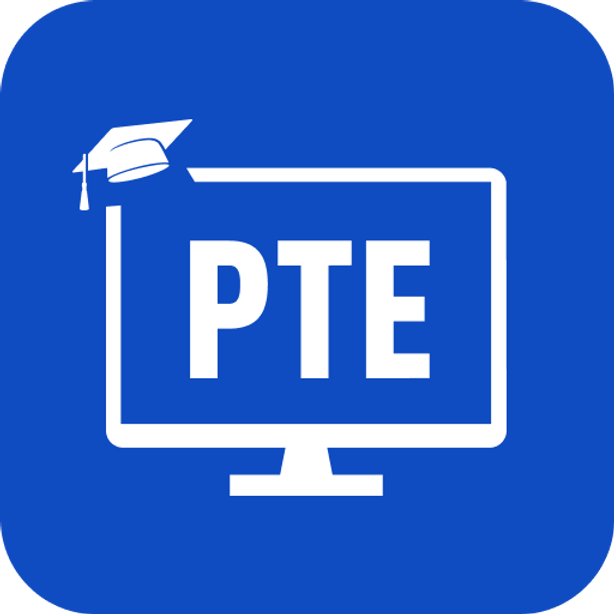Introduction
The Pearson Test of English (PTE) is a computer‑based English proficiency exam that evaluates your speaking, writing, reading, and listening skills. It is widely accepted by universities, colleges, and immigration departments around the world. Many candidates find the test challenging not because of the difficulty of English itself, but due to time constraints and the variety of tasks.
With a well‑structured preparation plan and the right guidance, you can achieve your target score. Some students opt for self‑study, while others choose a trusted PTE Institute in Chandigarh for professional training. Below are detailed tips and tricks to help you clear the PTE with confidence
General Preparation Tips for PTE
Before diving into specific sections, let’s look at some overall strategies that will set the foundation for your preparation:
-
Understand the Exam Format:
Familiarize yourself with each section and the types of questions. Knowing what to expect reduces exam‑day stress. -
Follow a Study Schedule:
Create a realistic timetable that covers all four modules daily. Consistency is key. -
Use Official Practice Materials:
Rely on sample questions and scored practice tests provided by Pearson. These reflect the real exam environment. -
Work on Typing Speed:
Since PTE is computer‑based, good typing skills save time, especially in writing tasks. -
Track Your Progress:
Regularly assess your performance and adjust your study plan to focus on weaker areas.
Tips for the Speaking Section
The speaking section is often the most nerve‑wracking because you have to respond quickly and clearly. Here are some strategies to help:
-
Maintain Fluency Over Accuracy:
Don’t get stuck searching for perfect words. Keep speaking smoothly, even if you make minor mistakes. -
Pronounce Words Clearly:
The automated scoring system is sensitive to pronunciation, so speak at a steady pace with clear articulation. -
Use Preparation Time Wisely:
For tasks like “Describe Image,” quickly outline your points before your recording time starts. -
Practice With a Microphone:
Record yourself using a headset to simulate test conditions and improve voice clarity. -
Stay Calm and Confident:
Even if you miss a word in “Repeat Sentence,” keep going—fluency is more important.
Tips for the Writing Section
Writing tasks assess grammar, vocabulary, organization, and clarity. Here’s how to excel:
-
Summarize Concisely:
For “Summarize Written Text,” write one sentence that captures the main idea, using correct punctuation and grammar. -
Plan Your Essay:
Spend a minute outlining your essay structure: introduction, body paragraphs, and conclusion. This helps avoid repetition. -
Stick to the Word Limit:
Essays should be 200–300 words. Avoid too short or overly long responses. -
Check for Simple Errors:
Reserve a few seconds to review spelling and grammar before submitting. -
Use Simple but Effective Language:
You don’t need overly complex vocabulary—clarity is more valuable.
Tips for the Reading Section
The reading section evaluates your ability to understand written English quickly and accurately. Here are some key tips:
-
Skim First, Then Scan:
Skim the passage for the main idea, then scan for specific details when answering questions. -
Practice Reordering Paragraphs:
Look for transition words and logical flow to arrange sentences correctly. -
Be Careful With Multiple Choice:
Read all options thoroughly and eliminate obviously incorrect ones before choosing your answer. -
Time Management:
Don’t spend too long on a single question; move on and come back if time allows. -
Build Vocabulary:
A rich vocabulary helps you understand passages more easily and spot synonyms in answer choices.
Tips for the Listening Section
Listening tests your ability to comprehend spoken English in various accents and speeds. Here’s how to handle it:
-
Take Smart Notes:
Jot down keywords while listening to lectures or conversations. Focus on dates, numbers, names, and key ideas. -
Pay Attention to Context:
Even if you miss a word, understanding the overall meaning can lead you to the correct answer. -
Use Headphones During Practice:
This simulates the real environment and improves your concentration. -
Highlight the Right Words:
In tasks like “Highlight Correct Summary,” carefully match the option that captures the speaker’s main message. -
Stay Focused Till the End:
Avoid distractions and listen actively until each audio clip finishes.
Conclusion
Clearing the PTE is achievable with a strategic approach, regular practice, and familiarity with the exam’s unique format. Focus on building fluency for speaking, organizing ideas for writing, enhancing comprehension for reading, and sharpening listening skills.
Whether you are preparing at home or seeking guidance from an experienced PTE Institute in Chandigarh, the key is consistent effort and smart practice. With these tips and tricks, you can approach the test confidently and aim for your desired score.
FAQs
Q1. How much time should I prepare for PTE?
Most candidates prepare for 4–8 weeks, depending on their current English level and daily study hours.
Q2. Can I improve my speaking score quickly?
Yes. Daily practice, recording yourself, and focusing on fluency and pronunciation can bring quick improvements.
Q3. Are templates useful in PTE writing?
Templates help structure your essay, but make sure you adapt them to fit the topic.
Q4. How important is time management in PTE?
Very important. Each section has strict time limits, so practicing with timers is essential.
Q5. Should I take official mock tests?
Absolutely. Official mock tests closely resemble the real exam and highlight areas needing improvement.




